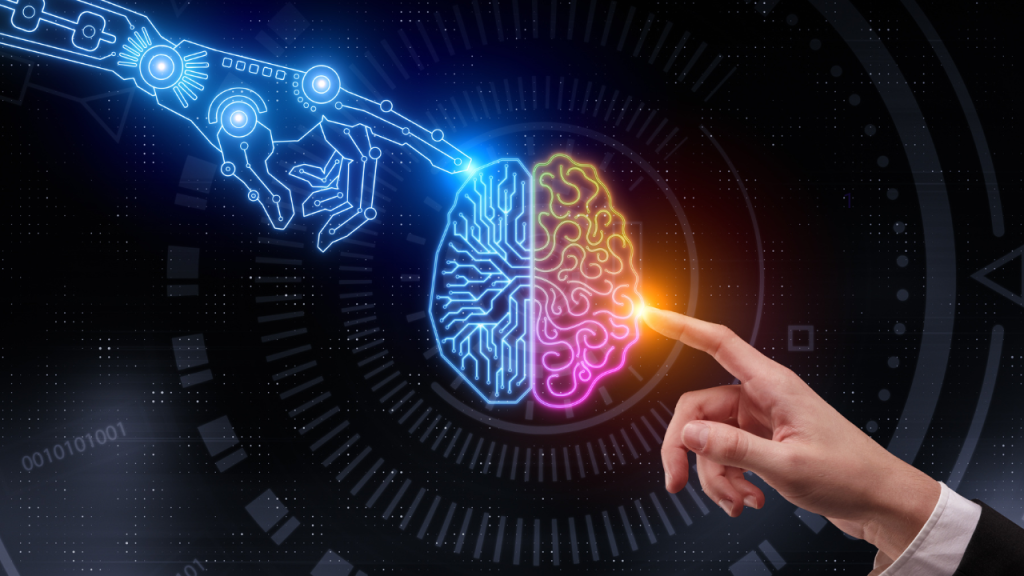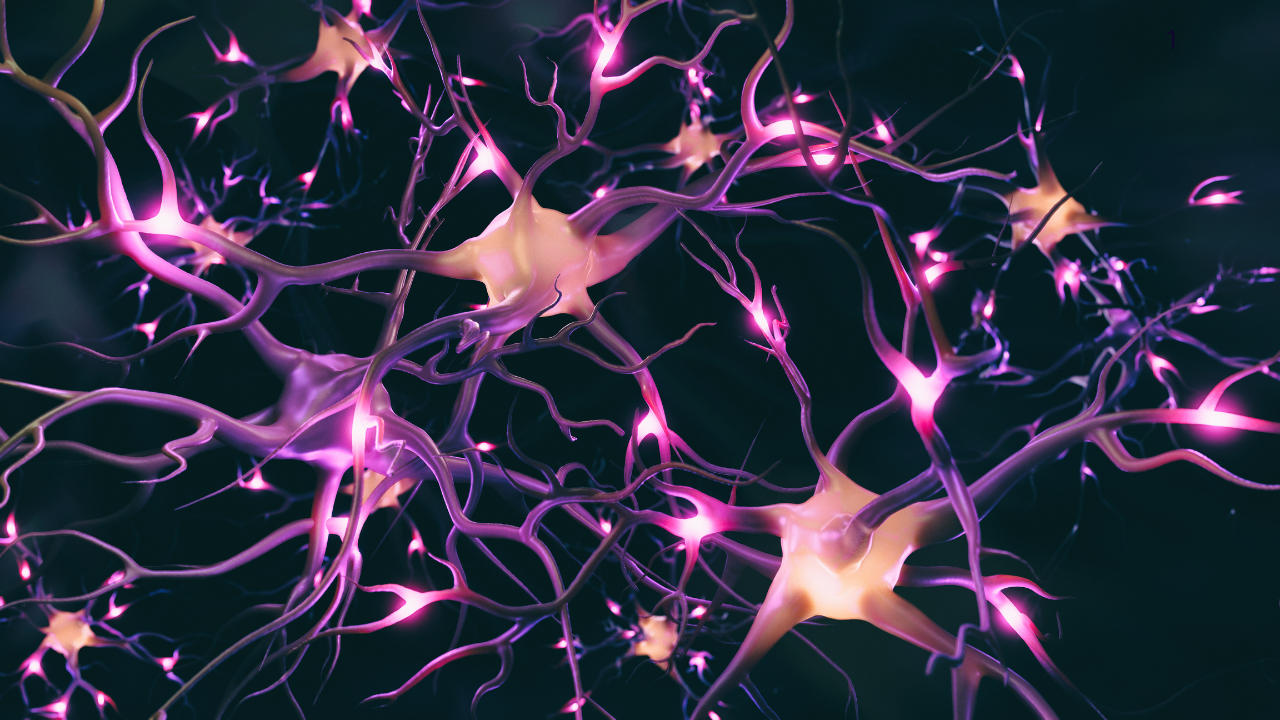Introduction: Depression in the Modern World
The Silent Epidemic
Let’s not sugarcoat it—depression is a beast. It’s everywhere, silently stalking millions of people around the globe. And here’s the kicker: for some, antidepressants and talk therapy barely scratch the surface.
Why Traditional Treatments Aren’t Enough
Sure, meds and therapy work for many. But what if they don’t? What if you’re one of those people left in the dark, waiting for a solution that never shows up? That’s where neurostimulation steps in—sparking real hope for real change.
What Is Neurostimulation?
Defining Neurostimulation in Simple Terms
Neurostimulation sounds like a sci-fi term, right? But it’s actually just the act of sending electrical impulses to specific parts of your brain to influence how it behaves. It’s like giving your brain a gentle tap on the shoulder saying, “Hey, wake up!”
How It Works: Electricity Meets the Brain
The brain is electric. Literally. Every thought, mood, and action starts with electrical signals firing between neurons. Neurostimulation leverages that fact by altering or enhancing those signals—kind of like resetting a glitchy Wi-Fi router.
Different Types of Neurostimulation Techniques
Transcranial Magnetic Stimulation (TMS)
Non-invasive and widely used, TMS uses magnetic pulses to stimulate specific areas of the brain—especially the prefrontal cortex, often sluggish in depression.
Transcranial Direct Current Stimulation (tDCS)
tDCS is the DIY darling of the biohacking world. It sends low-level electric currents through the skull via electrodes. It’s cheap, portable, and you can find kits online (not always a good idea).
Deep Brain Stimulation (DBS)
This one’s intense. Think brain surgery. Electrodes are implanted into deep regions of the brain and connected to a device in your chest—like a pacemaker for your mind. It’s used in severe, treatment-resistant cases.
Vagus Nerve Stimulation (VNS)
Your vagus nerve connects your brain to your body, and stimulating it can calm your entire nervous system. It’s also been shown to reduce depression symptoms significantly.
Can Neurostimulation Really Treat Depression?
What the Science Says So Far
Here’s the reality: It’s not snake oil. TMS has been FDA-approved since 2008 for treatment-resistant depression. Studies show a 30–60% success rate in reducing symptoms—and that’s huge for those who’ve tried everything else.
Success Stories That Can’t Be Ignored
From tech execs to veterans battling PTSD, people have turned their lives around thanks to neurostimulation. It’s not magic—it’s electricity, precision, and neuroscience.
The Rise of Biohacking: A New Frontier

What Exactly Is Biohacking?
Biohacking is the rebellious cousin of traditional health care. It’s all about optimizing your body and brain with unconventional tools—from supplements to implantable chips. And yes, neurostimulation is front and center in this movement.
Why Biohackers Are Turning to Neurostimulation
Because it works. Fast. When you’re biohacking, you’re not looking to survive—you want to thrive. Mood, focus, sleep, motivation—biohackers want it all, and neurostimulation offers a shortcut.
DIY Brain Hacking: Is It Safe or Just Hype?
Risks of At-Home Brain Stimulation Devices
Let’s be real—zapping your brain at home sounds risky. And it can be. Mess with the wrong region, overdo the voltage, or skip medical advice, and you’re playing with fire. Or worse—your own mental health.
What Experts Warn About Self-Experimentation
Doctors aren’t fans of the DIY route. Why? Because every brain is different. What helps one person could harm another. Neurostimulation isn’t a toy—it’s serious tech that needs serious guidance.
FDA-Approved vs. Underground Tech
The Legal Landscape
Some devices are FDA-approved for clinical use. Others? Not so much. Be wary of knockoffs and vague “wellness” gadgets that promise too much and deliver too little.
Medical vs. Consumer Devices
Consumer-grade neurostimulation tools exist—but they’re typically weaker, less targeted, and often unproven. If you’re serious about results, medical supervision is the way to go.
Who Is Neurostimulation Best For?
Not a One-Size-Fits-All Solution
Neurostimulation isn’t for everyone. It’s best for folks who’ve tried multiple treatments without relief. It’s not the first step—it’s more like the last resort that actually delivers.
Red Flags and Contraindications
Got a history of seizures? Heart implants? Certain psychiatric conditions? Then neurostimulation might not be safe for you. Always talk to a pro before plugging into anything.
Side Effects and Potential Dangers
What You Might Experience
Tingling, scalp discomfort, fatigue, or lightheadedness—common, usually temporary. But if something feels off? Stop immediately.
Long-Term Effects—Known and Unknown
That’s the gray zone. Some studies say it’s safe long-term. Others are still figuring it out. Since this field is evolving, long-term research is still catching up.
Combining Neurostimulation with Other Therapies
Does It Work Better with Antidepressants?
Sometimes, yes. Neurostimulation can complement medication—especially when used in tandem under professional care. Think of it like combining strength training with cardio.
Lifestyle Changes That Boost Results
Exercise, clean nutrition, meditation, better sleep—these all supercharge neurostimulation outcomes. Electricity can only do so much. You’ve got to meet it halfway.
The Future of Neurostimulation and Mental Health

AI and Personalized Brain Therapy
Imagine AI tailoring stimulation patterns based on your mood, sleep data, and stress levels. That future? Already in the works. And it’s going to be game-changing.
From Treatment to Enhancement?
Forget just fixing depression—what if we could supercharge focus, motivation, and memory too? That’s the slippery slope, but a fascinating one.
Real Talk: Is This the Future or Just a Fad?
The Hope vs. The Hype
There’s real potential here. But like any new tech, it attracts overhype and snake oil salesmen. Stay skeptical. Stay informed. But don’t ignore the progress.
What You Should Know Before You Try It
Talk to a neurologist. Get a proper diagnosis. Ask about risks. Do your homework. Because rewiring your brain isn’t something you wing on a whim.
Conclusion: Rewiring the Mind, Responsibly
Neurostimulation isn’t a magic wand. But it is a promising frontier in the war against depression. Whether you’re a hardcore biohacker or just desperate for relief, this tech offers something that traditional treatments often lack—hope.
Just don’t forget: your brain’s not a circuit board. It’s your most precious asset. Treat it like it.
FAQs
Can you actually buy a neurostimulation device for home use?
Yes, but many are unregulated. Stick with well-reviewed, low-voltage options, and talk to your doctor before using one.
How quickly does neurostimulation work for depression?
TMS often shows results in 2–6 weeks. Other methods vary, and some require months of consistent use.
Are there non-electric alternatives that “stimulate” the brain?
Absolutely—meditation, cold showers, breathwork, and nootropic supplements all stimulate the brain naturally.
Is it covered by insurance?
TMS and VNS often are, especially for treatment-resistant depression. DBS is more complex and varies by region and plan.
What are the warning signs that neurostimulation isn’t working?
Worsening mood, headaches, irritability, or no improvement after several weeks. If any of these pop up, stop and consult your provider.

